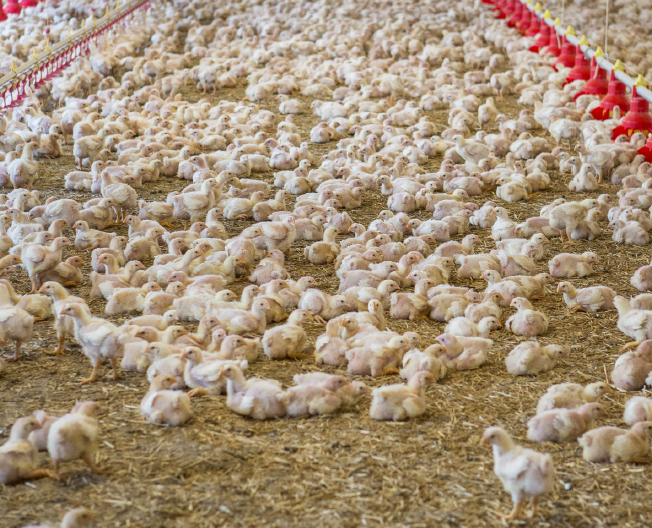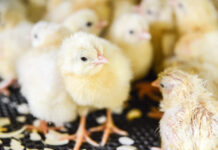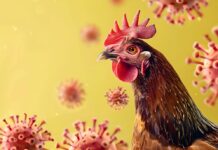
Avian influenza viruses continue to pose a growing threat, with the potential to mutate and adapt to humans, potentially triggering future pandemics. In response to these concerns, the European Centre for Disease Prevention and Control (ECDC) and the European Food Safety Authority (EFSA) have collaborated to provide scientific guidance on avian influenza mutations, their risks to human health, and recommended strategies for the animal and public health sectors.
The Growing Threat of Avian Influenza
The increasing spread of avian influenza in mammals and new species highlights the urgent need for surveillance and preventive measures. “Global developments demand that we stay alert and make sure Europe is prepared to respond to the threat of avian influenza,” said Pamela Rendi-Wagner, Director of ECDC. The agency is actively supporting EU/EEA Member States in their efforts to prevent and contain potential outbreaks in both animals and humans.
Bernhard Url, Acting Executive Director of EFSA, emphasized the importance of early detection, stating, “In 2024, avian influenza viruses expanded their reach, infecting previously unaffected species. Our work identifies key mutations linked to a potential spread to humans, requiring rapid detection and response. Collaboration and data sharing along the chain of actors involved remain essential in tackling emerging situations.”
Identifying Critical Mutations
A key focus of the scientific assessment was identifying genetic changes that could enhance the ability of avian influenza viruses to infect humans. Experts analyzed extensive data and identified 34 genetic mutations of concern. By using molecular analysis and genomic surveillance, laboratories can track the emergence of these mutations, ensuring continuous monitoring of potential human transmission risks.
The adaptation of avian influenza viruses to mammals can be influenced by several factors:
- Genetic mutations that enhance viral affinity for human cells.
- Genetic reassortment, where viruses exchange genetic material, potentially creating more virulent strains.
- Host immune interactions, which can drive viral evolution.
- Environmental and human-driven factors, including high-density farming, low biosecurity practices, deforestation, urbanization, and global trade, all of which can increase contact between wildlife, poultry, livestock, and humans.
Key Recommendations for Mitigation
To combat the potential threat of avian influenza to humans, the scientific guidance includes several critical recommendations:
- Genetic Analysis: Utilize genetic sequencing to detect mutations early. Invest in systems that can rapidly identify emerging viruses with pandemic potential.
- Animal Surveillance: Monitor sick or dead mammals that have been in contact with infected wild birds, poultry, or other mammals. Track unexplained illness outbreaks in high-risk periods and regions.
- Public Health Surveillance: Test exposed individuals and routinely analyze samples to determine the flu subtype. During outbreaks in animals, hospitals should enhance surveillance, particularly during peak flu seasons.
- Prevention Measures: Strengthen farm biosecurity, train personnel, vaccinate poultry, and develop rapid response protocols to manage outbreaks. Ensure that at-risk individuals follow recommended influenza vaccination and antiviral treatment guidelines.
- Public Health Preparedness: Raise awareness among high-risk groups and train healthcare professionals to recognize and manage avian influenza. Develop clear guidelines and standard operating procedures for testing exposed individuals and managing suspected cases.
The One Health Approach to Avian Influenza
In addition to these recommendations, the agencies have introduced guidelines on investigating and controlling avian influenza outbreaks. These guidelines emphasize the importance of a One Health approach, integrating expertise from human, animal, and environmental health sectors. Flowcharts outlining response actions for different outbreak scenarios have been developed to assist national authorities in creating effective and coordinated response strategies.
By implementing these measures, Europe can strengthen its preparedness against avian influenza, mitigating the risks of animal-to-human transmission and ensuring a rapid response to future threats.
Source: www.efsa.europa.eu
Links to science

















